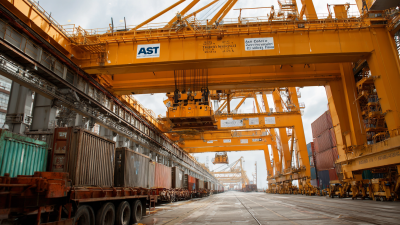Inquiry
Form loading...
-
Phone
-
Wechat
-
Whatsapp

As the demand for efficient and innovative lifting solutions continues to grow, the world of Gantry Cranes is evolving at an unprecedented pace. In 2025, the advances in technology and design are set to revolutionize how industries approach heavy lifting and material handling. According to Dr. Emily Rodriguez, a leading expert in the field of crane engineering, "The next generation of Gantry Cranes will not only improve operational efficiency but also enhance safety features, making them indispensable in modern warehouses and construction sites."
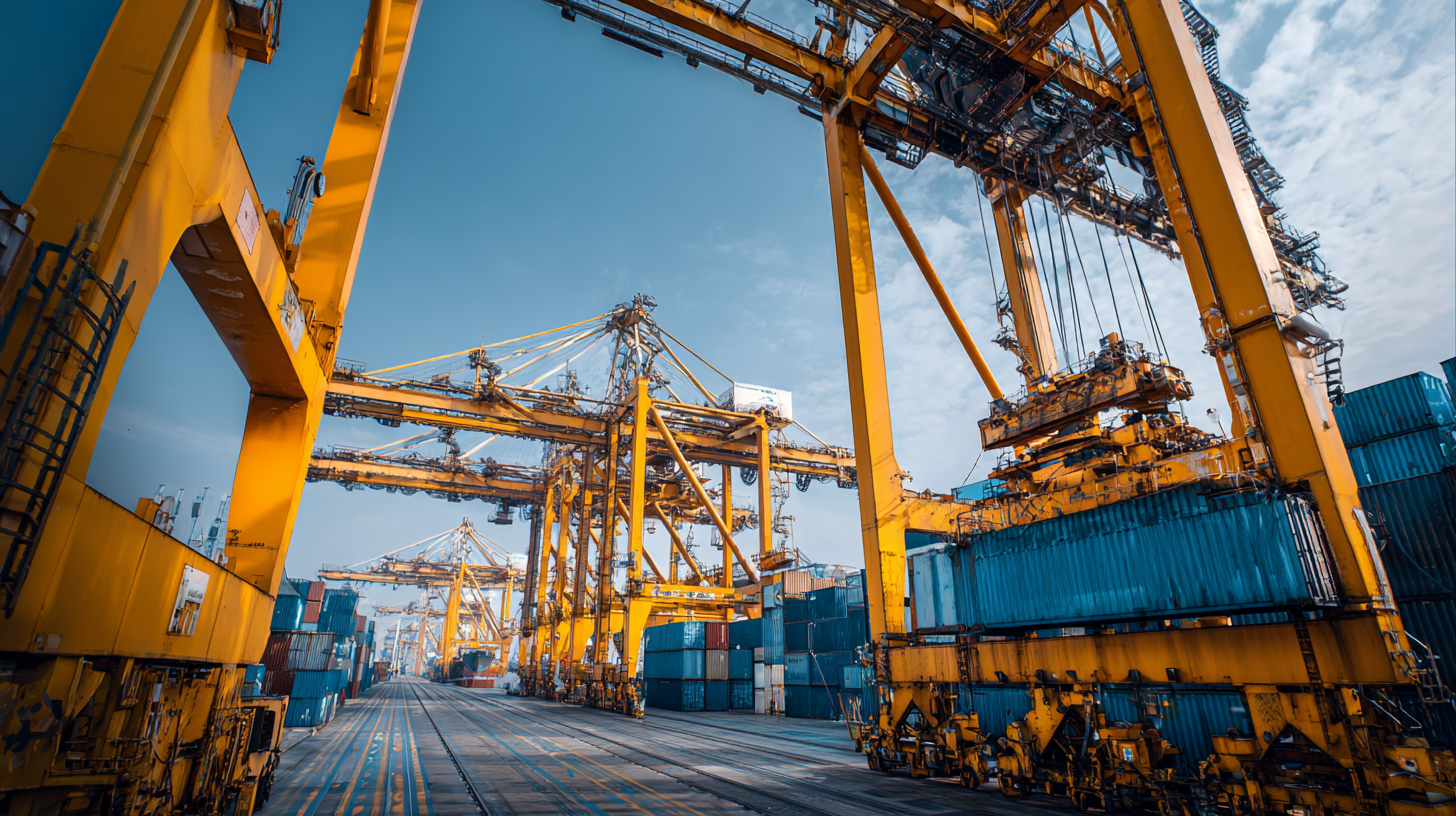
This article explores the top 10 Gantry Cranes of 2025, highlighting their unique features and the impact they are expected to have on various industries. From improved portability and advanced automation to enhanced load capacities, these cranes are designed to meet the ever-increasing demands of complex projects. As we delve into this exciting topic, we will also provide valuable tips on choosing the right Gantry Crane for your specific operational needs, ensuring you stay ahead in the competitive landscape of lifting solutions.
Gantry cranes have evolved significantly over the years, becoming essential in various industrial applications due to their unique features and benefits. Modern gantry cranes are designed with advanced materials and engineering techniques that enhance their lift capacity and durability. According to the International Material Handling Industry’s report, the demand for gantry cranes is projected to grow by 7.2% annually through 2025, driven by the surge in construction and manufacturing sectors. These cranes are typically configured in overhead arrangements which provide a clear floor space and optimal lifting height, making them ideal for indoor and outdoor use.
One of the standout benefits of modern gantry cranes is their versatility. They can be used for a variety of tasks, from transporting heavy loads in warehouses to complex rigging in manufacturing plants. The integration of smart technology, such as IoT sensors, allows for real-time monitoring and predictive maintenance, reducing downtime and enhancing operational efficiency. According to a recent study by the Crane Manufacturers Association of America, implementing modern gantry crane solutions can lead to a 30% increase in productivity and safety in workplace environments. As businesses increasingly prioritize efficiency and safety, the advantages of modern gantry cranes become increasingly clear.
This chart illustrates the lifting capacities of the top 10 gantry cranes of 2025. Each model demonstrates varying strengths suited for different lifting needs in modern industrial environments.
The gantry crane industry is witnessing unprecedented advancements that are fundamentally transforming lifting solutions. 2025 brings a host of key innovations designed to enhance operational efficiency and safety. These cranes now incorporate smart technology, allowing for real-time monitoring of load weights and operating conditions. This integration not only minimizes the risk of accidents but also optimizes performance, enabling operators to make data-driven decisions on the fly.
When considering an upgrade to your lifting equipment, focus on the features that improve automation and reduce downtime. Many modern gantry cranes are equipped with advanced control systems that facilitate easy programming and customization. This adaptability allows for seamless integration into various workflows, accommodating diverse industrial needs.
Tip: Always evaluate the crane’s compatibility with existing systems and infrastructure before purchasing. Additionally, consider investing in training for your operators on new technologies to maximize the benefits of these innovations. Implementing regular maintenance schedules will also ensure longevity and reliability of your lifting equipment.
Selecting the right gantry crane for your specific lifting needs is crucial in enhancing operational efficiency. According to the "Global Gantry Crane Market Insights 2023" report, the gantry crane market is projected to grow at a CAGR of 5.8% through 2025, driven by an increasing demand across industries such as manufacturing, shipping, and construction. With diverse models available, each equipped to handle varying loads and heights, understanding your specific requirements is essential for optimizing productivity.
Consideration of your operational environment is vital when choosing a gantry crane. For instance, if you require a crane for outdoor use, a portable gantry crane with adjustable heights may be ideal, while a heavier-duty electric gantry crane could be more suitable for indoor warehouses where precision is necessary. A recent survey by the International Journal of Industrial Equipment found that 75% of operators reported increased efficiency after selecting a crane that matched their precise lifting requirements. By aligning crane specifications with operational demands, businesses can significantly reduce downtime and enhance safety.
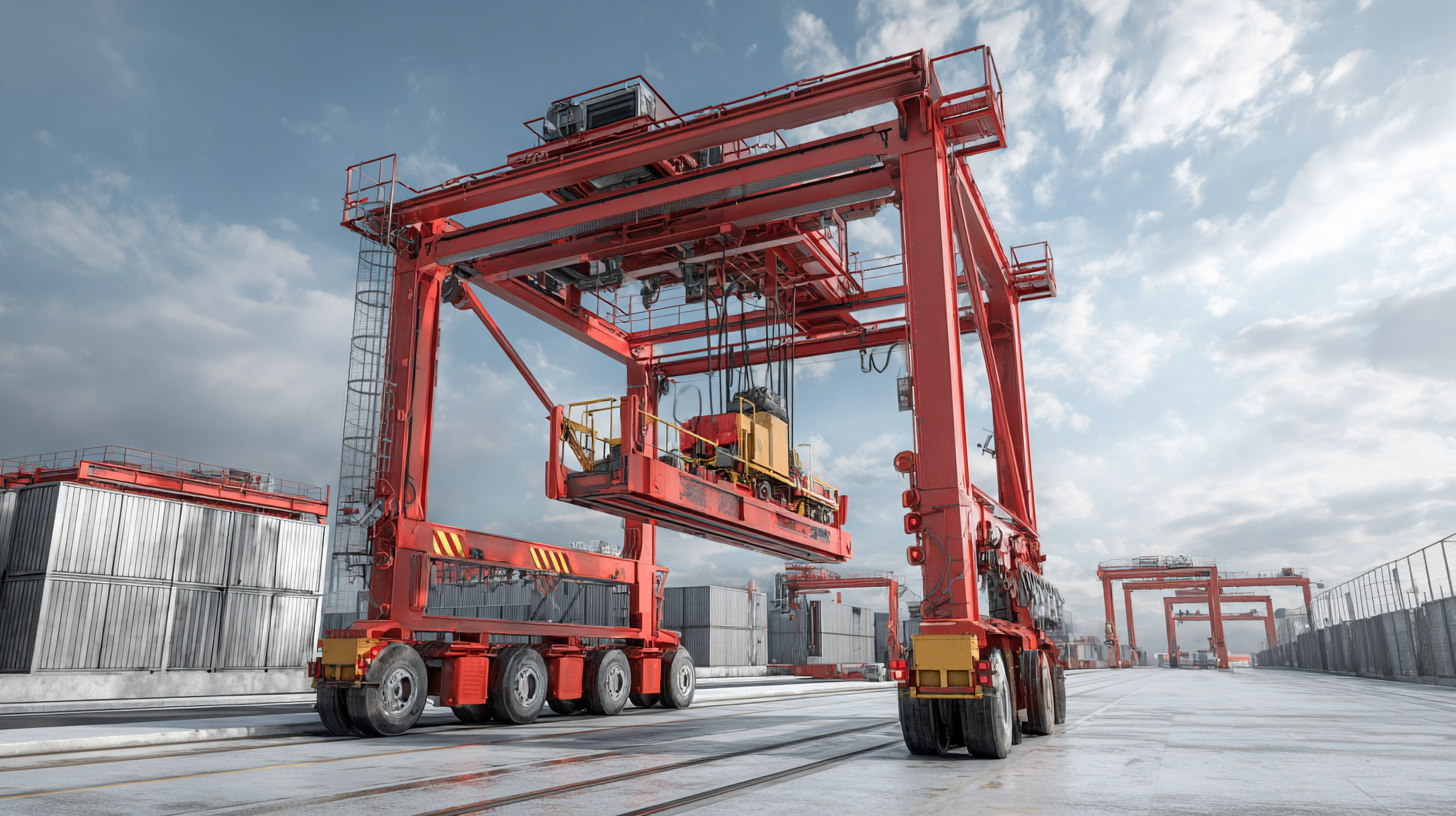
When operating gantry cranes, adhering to safety standards is of utmost importance to ensure the well-being of personnel and the integrity of equipment. It is essential to familiarize operators with the specific safety regulations set forth by organizations such as OSHA and ANSI. These guidelines provide a framework for safe operation, covering everything from crane design to inspection protocols. Regular inspections and maintenance are crucial for detecting potential hazards before they escalate, ensuring that all components are functioning correctly.
Furthermore, implementing best practices in the workplace can significantly enhance safety during gantry crane operations. Training sessions for operators should emphasize the importance of following load limits, using slings and rigging gear properly, and maintaining clear communication among team members. Additionally, establishing a designated area for crane operation can minimize the risk of accidents, keeping unauthorized personnel away from the operational zone. By prioritizing safety standards and best practices, businesses can harness the full potential of gantry cranes while protecting their workforce and equipment.
| Model | Maximum Load Capacity (tons) | Span (meters) | Height (meters) | Power Source | Safety Features |
|---|---|---|---|---|---|
| Gantry Crane A | 20 | 12 | 5 | Electric | Anti-collision sensors, Emergency stop |
| Gantry Crane B | 25 | 15 | 6 | Diesel | Load moment limiter, Safety blinkers |
| Gantry Crane C | 30 | 10 | 5.5 | Battery | Automatic brake system, Safety interlocks |
| Gantry Crane D | 15 | 8 | 4 | Electric | Overload protection, Warning alarms |
| Gantry Crane E | 35 | 14 | 6.2 | Hybrid | Emergency lowering, Proximity sensors |
| Gantry Crane F | 40 | 16 | 7 | Electric | Tilt safety device, Insulated controls |
| Gantry Crane G | 50 | 18 | 7.5 | Diesel | Load stability monitoring, Alert systems |
| Gantry Crane H | 60 | 20 | 8 | Battery | Redundant braking system, Operational training systems |
| Gantry Crane I | 70 | 22 | 9 | Hybrid | Advanced load cell system, Comprehensive safety protocols |
| Gantry Crane J | 80 | 25 | 10 | Electric | Intelligent monitoring, Environmentally sustainable design |
As the construction and manufacturing sectors evolve, gantry cranes are at the forefront of innovation, particularly through advances in sustainability and automation. In 2025, we anticipate a notable shift towards the use of eco-friendly materials and energy-efficient designs. Manufacturers are increasingly integrating lightweight yet robust components that decrease the overall carbon footprint. This trend not only aligns with global sustainability goals but also enhances the operational efficiency of lifting equipment.
Automation is another significant trend transforming gantry cranes. The integration of smart technologies, such as IoT sensors and AI-driven controls, is revolutionizing lifting operations. These advancements allow for real-time monitoring and data analysis, leading to improved safety and reduced downtime. Furthermore, automated gantry cranes are designed to operate with minimal human intervention, which can greatly enhance productivity while minimizing the risk of workplace accidents. As these trends continue to develop, the gantry crane industry is poised to offer innovative, sustainable lifting solutions that meet the demands of tomorrow's infrastructure projects.
